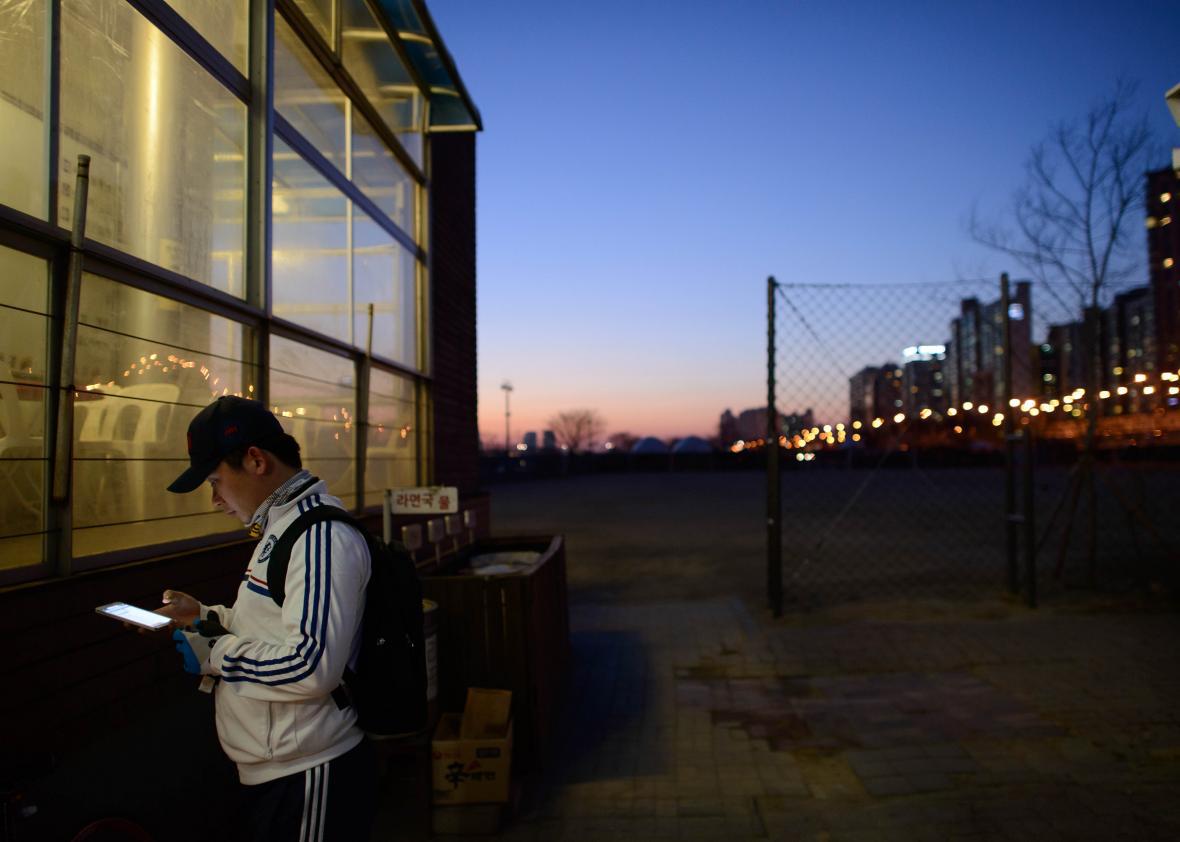AT&T announced on Friday that it will begin testing ridiculously fast “5G” wireless data service this summer in Austin, Texas. It’s following the lead of Verizon, which announced its own 5G intentions back in September. T-Mobile is sure to follow soon enough, so we can look forward to a bunch of trash-talk about how the other carriers’ 5G service is actually a rip-off.
Verizon claims it will offer “some level of commercial deployment” by 2017, a promise that’s as vague as the timeline is aggressive. It and the other U.S. carriers are racing several other countries that are all vying to be among the first to boast the world’s fastest wireless data, including South Korea and Japan, which are tying their efforts to the 2018 Winter Olympics and 2020 Summer Olympics, respectively. Realistically, wide-scale rollout of 5G technology isn’t expected until at least 2020.
The United States is in an underdog in this race, given that it lags behind its East Asian rivals in 4G deployment. (Its fixed broadband Internet connections are also notoriously pokey.) Still, the country’s major carriers do seem genuinely interested in catching up.
But what is 5G service, exactly, and how will it change our lives?
For a technology that the carriers are confidently proclaiming is almost ready, the answers to those seemingly simple questions are surprisingly hard to pin down. That’s because the industry has yet to agree on the metrics that will define 5G, a standards-setting process that is expected to take until 2018. But at least we’ve reached the point where the industry agrees that there will actually be such a thing as 5G. A few years ago, some argued 5G might never happen, since there didn’t appear to be an obvious use case or technological breakthrough that would justify the moniker.
An ongoing explosion in mobile data traffic, thanks in part to the rise of streaming video, is one trend driving the push for a new generation of wireless infrastructure. Depending on whom you ask, 5G service will be 10, 50, or even 100 times faster than 4G LTE, whose download speeds average about 10 to 20 Mbps. That means you could download a whole movie to your phone in three seconds (or is it 30 seconds?). Regardless, it’s really fast—perhaps even faster than Google Fiber, if you believe the carriers’ claims.
But a common refrain among those touting 5G technology is that it won’t just mean faster downloads on your phone. It will enable a whole new class of connected devices, including wearables, household gadgets, and industrial sensors. Importantly, 5G service will have lower latency, meaning that there will be less delay between sending a request for data and receiving it. That could be crucial for futuristic technologies like self-driving cars. A 4G–connected car traveling at 60 mph would travel 4.6 feet in the time it takes to apply the brakes in response to an identified obstacle, according to a Feb. 9 report from the industry group CTIA; a 5G car would travel just one inch before the brakes engaged. Lower latency is also the key to making virtual reality feel seamless and immediate rather than nauseating.
Then again, some skepticism may be warranted. Seven years ago, the wireless industry was making similarly astounding claims about 4G technology. A 2009 Gizmodo article by Matt Buchanan predicted that 4G data would “blow your mind,” citing AT&T’s claims that it could reach peak speeds of 140 to 300 Mbps. That obviously hasn’t come to pass. And 4G has taken longer than anticipated to deploy: Even today, it blankets only 78 percent of the United States.
The rollout of 5G will likewise begin in a series of high-density, urban hotspots, and may take many years to reach rural regions. But maybe that’s OK: 4G may not have blown our minds—or if it did, they’ve long since been unblown—but it’s really not so bad for an individual on a smartphone. Where 5G will be needed, and will hopefully shine, is in crowded settings where thousands of different devices and sensors are all trying to communicate at once. That makes the Olympics an appropriate proving ground. Come to think of it, Austin might be a pretty good one too.
